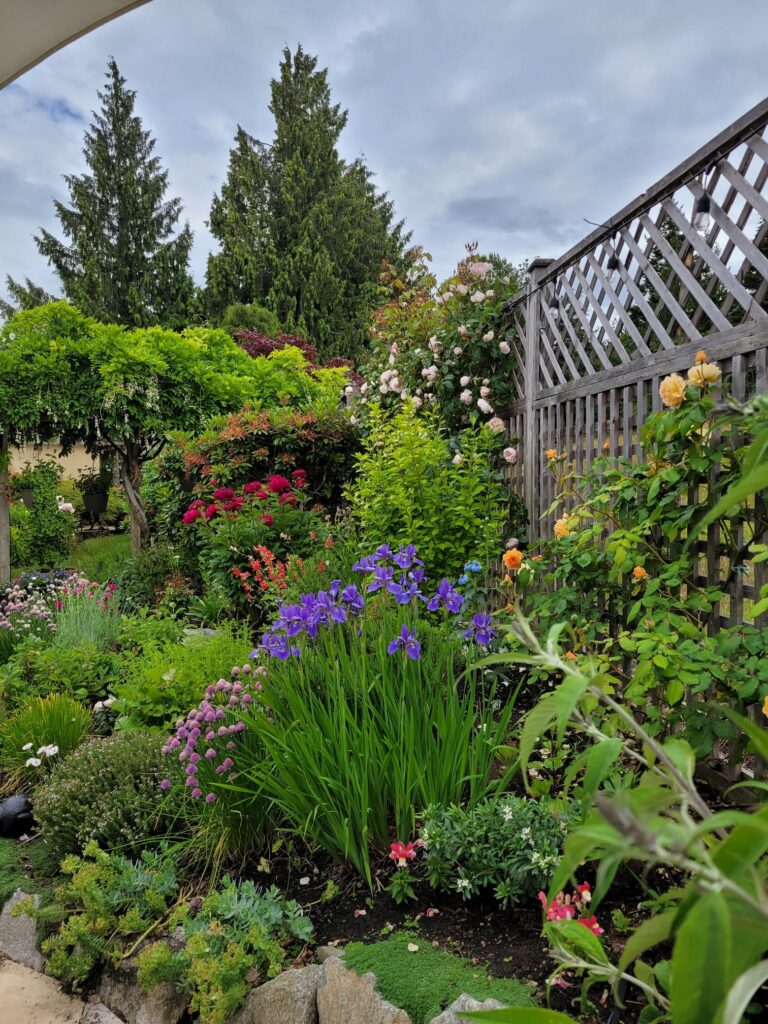After a few months of being happily distracted and out of my routine, I’m back at my desk enjoying the pleasures of writing, reading, and tending to simple tasks. It’s the old Zen proverb in action: ‘Before enlightenment, chop wood and carry water. After enlightenment, chop wood and carry water.’
Cue enlightenment. Last weekend I took a writing workshop from Becca Puglisi (for any writers reading this, do yourself a favor and google books by Becca Puglisi and her writing partner, Angela Ackerman; one of my favorites is The Emotional Wound Thesaurus: A Writer’s Guide to Psychological Trauma).
Last weekend’s workshop was on hidden emotions and subtext. Puglisi showed us how to convey, through dialogue, what our characters are hiding and not saying. We all hide our emotions at times, Puglisi maintained. And we all lie at times too, she added.
Frankly, this didn’t sit well with me. Wouldn’t life be easier if we shared honestly and openly, but with respect? It might not shape tension in a novel, but when it comes to life, I value transparency. I connect it with integrity, something that’s also important to me.
I thought about our recent month in Japan. Instead of showing their real feelings, Japanese people usually use tatemae in public. Tatemae (建前) literally means ‘built in front.’ It refers to the facade people put in front of others to please them or avoid confrontation, and it often contradicts their true feelings. We were warned about this very thing from someone who had lived in Japan for several years. “Be careful asking for directions,” they said, “because even if someone doesn’t have an answer, they may use tatemae and point you in the wrong direction.” And that’s exactly what happened multiple times. We would carefully follow the directions we were given only to become hopelessly lost and taken further afield from our destination. It would have been much easier for us if people had simply said ‘I don’t know.’ However, it wouldn’t have been easier for them because there’s a high cultural value on saving face in Japan.
Still, that’s Japan I told myself. It’s different in North America.
Or is it?
Puglisi, who lives in Florida, used the example of a single mother who holds differing political views from her coworkers and refrains from sharing them for fear of repercussions like losing her job and being unable to feed her kids. Or a man who lies outright to his sister about his political affiliations because if he shared honestly, he wouldn’t be allowed at his dying mother’s bedside.
Those are extreme cases. That’s not the norm, I told myself. Yet the same political divide is happening in Canada. The same issues are cropping up here.
“We all lie at times,” Puglisi repeated. “We all hide our emotions, mask judgements, water down opinions, hold back information, redirect and control conversations. Those are all forms of lying.”
Framed that way, I was better able to relate to the point Puglisi was making.
For instance, my daughter recently took my five-year-old grandson for his shot. She knew it would hurt; she expected him to scream (and scream he did) but she masked her emotions because her getting upset would only add to his distress. In another instance, when pressed by one family member about the romantic inclinations of another family member, I was anything but transparent. I deliberately withheld information that wasn’t mine to give, redirecting the conversation to something more mundane.
A lack of transparency, concealing things, is not only an option at times, sometimes it is the best option. Unless, of course, you’re lost in the middle of Tokyo and desperately need help finding your way. Then I’m all for transparency. Or calling a cab.











Comments